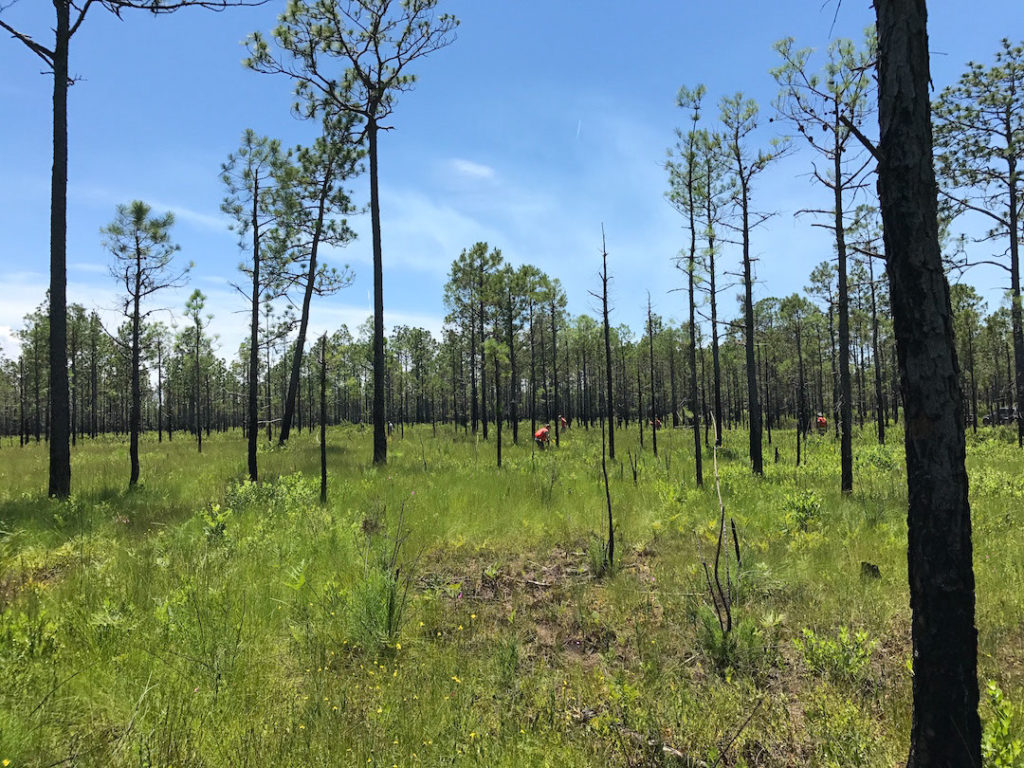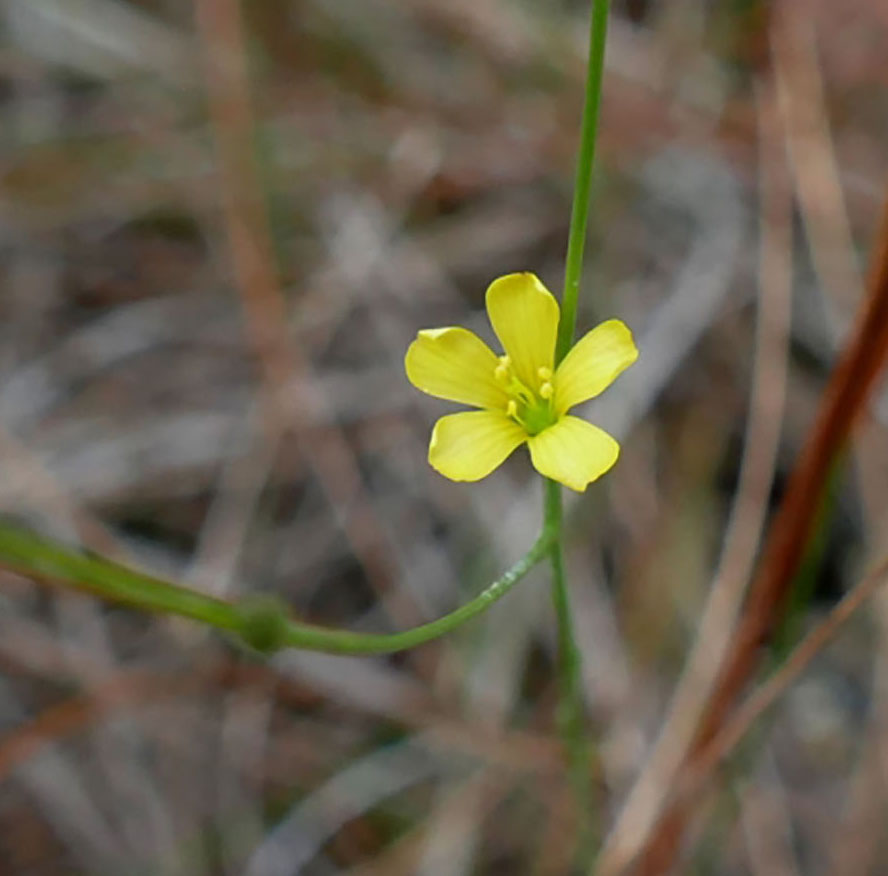Favorite Seed Germination Information References of CPC Conservation Officers
Michael Dosmann, The Arnold Arboretum of Harvard University: Dirr and Heuser’s manual on Woody plant propagation is a pretty good starting point for temperate woodies. The Reference Manual of Woody Plant Propagation: From Seed to Tissue Culture, Second Edition, by Michael A. Dirr, Charles W. Heuser Jr.
Uli Lorimer, Brooklyn Botanic Garden: Native Plant Journal’s Propagation Database. There are loads of protocols to be found here as well as starting places for species lacking published protocols. The link is here.
Roger Gettig, The Holden Arboretum: Tallgrass Prairie Center Native Seed Production Manual; Seeds of Woody Plants in the United States, Forest Service, U.S. Department of Agriculture, Agriculture Handbook No. 450; and The New England Wild Flower Society Guide to Growing and Propagating Wildflowers of the United States and Canada, William Cullina.
Bart O’Brien, Regional Parks Botanic Garden:
- Everett, Percy C. 1957. A Summary of the Culture of California Native Plants at the Rancho Santa Ana Botanic Garden, 1927-1950. Rancho Santa Ana Botanic Garden, Claremont, CA. (Note: this is all the propagation information for the years when the garden was in Orange County.)
- Everett, Percy C. as edited by Bart O’Brien. 2012. A Second Summary of the Horticulture and Propagation of California Native Plants at the Rancho Santa Ana Botanic Garden, 1950-1970. Rancho Santa Ana Botanic Garden, Claremont CA. (Note: this covers the first 20 years of information at the Botanic Garden’s eastern Los Angeles County site in Claremont, CA. This publication is only available via FREE download here.
- Wall, Michael and John Macdonald. 2009. Processing Seeds of California Native Plants for Conservation, Storage, and Restoration. Rancho Santa Ana Botanic Garden, Claremont, CA. (Note: in addition to all sorts of great information about seeds and seed processing, this has incredible photographs of all the seeds covered individually by species.)
Andrea Kramer, Chicago Botanic Garden: In conjunction with the 2014 Baskin seed book, Seeds, Second Edition: Ecology, Biogeography, and Evolution of Dormancy and Germination, Charlie Willis created a great online database that allows you to search for species that the Baskins have worked with, and tells you their dormancy classification. If you are working with a new species, this can be a good starting point. You have to share your contact info to see it, but it is free. Log in here. And if nothing is known about the species, the Baskins published a paper in Native Plants Journal with easy-to-follow guidelines for a move-along experiment: Baskin, C. C., and J. M. Baskin. 2003. “When Breaking Seed Dormancy Is a Problem: Try a Move-along Experiment.” Native Plants Journal 4:17-21.

Johnny Randall, North Carolina Botanical Garden: We at the North Carolina Botanical Garden have been planning to update our 1985 Growing and Propagating Wildflowers by Harry Phillips with these data, but need to get on it. Another good reference is the similarly named Growing and Propagating Wildflowers of the United States and Canada by William Cullina when he was at the New England Wildflower Society.
Matthew Keir, Laukahi: The Hawai‘i Plant Conservation Network: Seed Germination Ecology of Hawaiian Montane Species by Carol and Jerry Baskin and others available here.
Matthew Albrecht, Missouri Botanical Garden: The second edition of the Baskin’s seed book was released in 2014, and it is much thicker than the first edition! First Edition: Seeds: Ecology, Biogeography, and, Evolution of Dormancy and Germination; Second Edition: Seeds, Second Edition: Ecology, Biogeography, and, Evolution of Dormancy and Germination. Another good resource with a wealth of seed information, including germination protocols, is Kew’s Seed Information Database: http://data.kew.org/sid/
Holly Forbes, University of California Botanical Garden: Norman Deno, Seed Germination Theory and Practice, 1991, self-published; Dara Emery, Seed propagation of native California plants, 1988, Santa Barbara Botanic Garden. These links to Dr. Deno’s Seed Germination: Theory and Practice and the two supplemental books are free downloads. I know this book is out of print and nearly impossible to find. I hope this information is useful.
- Seed germination, theory and practice
- First supplement to the second edition of Seed germination theory and practice
- Second supplement to Seed germination theory and practice
(Note from Ed Guerrant: Good suggestions, but a word of caution on Deno’s books. They provide an enormous amount of empirical information on a very wide range of taxa, but his theoretical views are a bit idiosyncratic.)
Fellowship
The Catherine H. Beattie Fellowship in Conservation Horticulture
2018 Award – call for applications for graduate students
Purpose: To promote conservation of rare and endangered flora in the United States through the programs of the Center for Plant Conservation in partnership with the Garden Club of America. More information here.
Employment Opportunity
The Santa Barbara Botanic Garden is hiring a full time Rare Plant Technician. This job will include a combination of field, lab, greenhouse and office work. Field work will take place in Central CA and the Channel Islands. Position will begin in January 2018. For more information and to apply, please visit our website or email the Rare Plant Biologist, Dr. Heather Schneider @ hschneider@sbbg.org.
